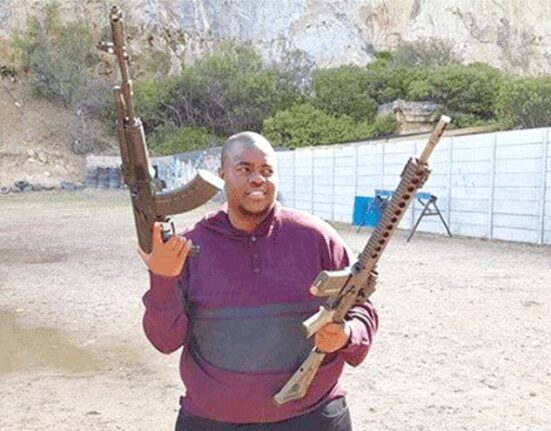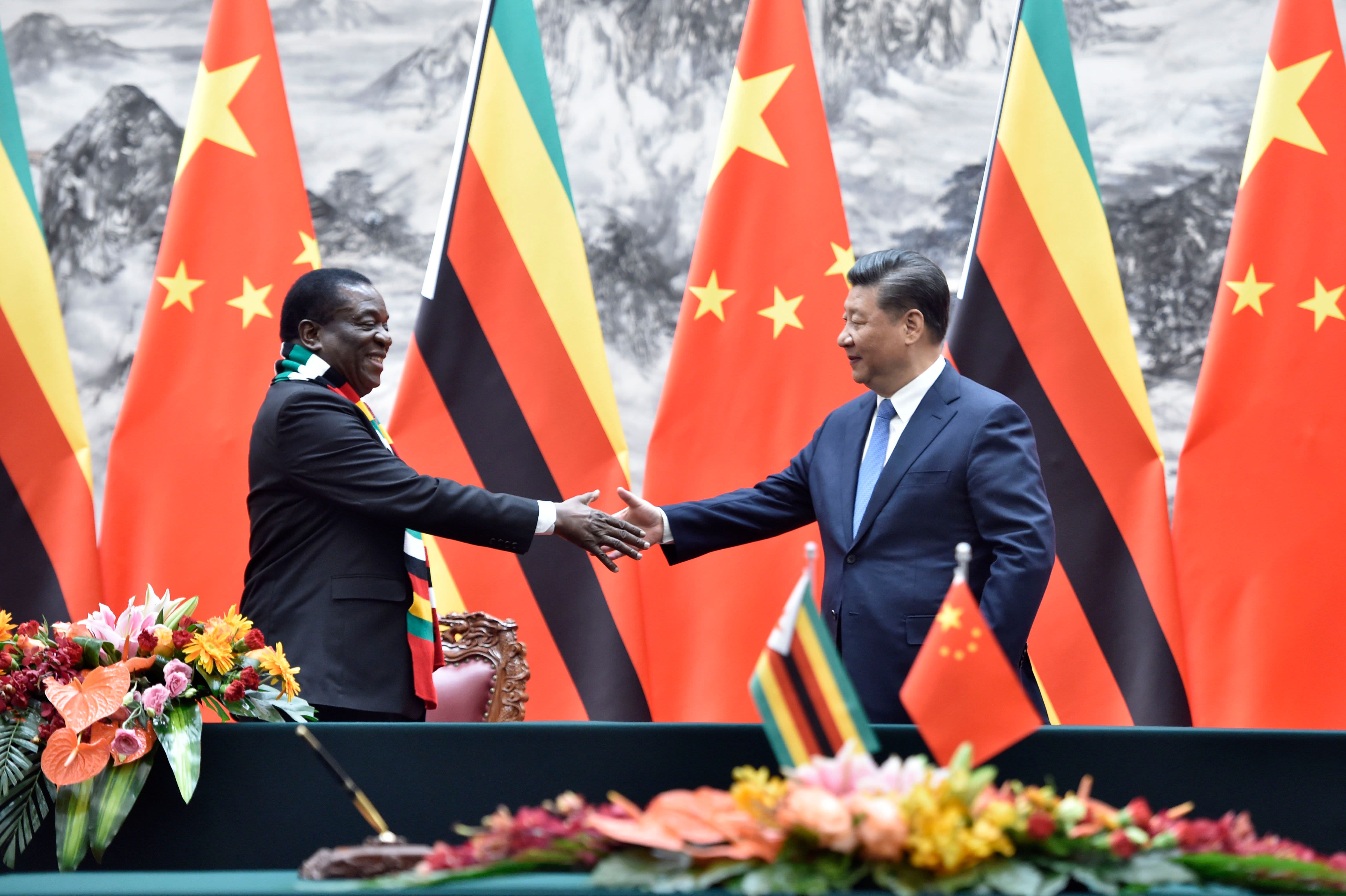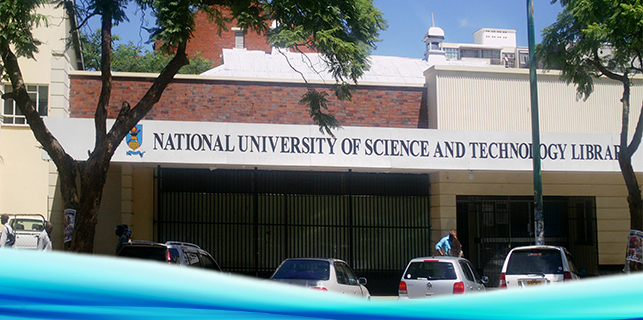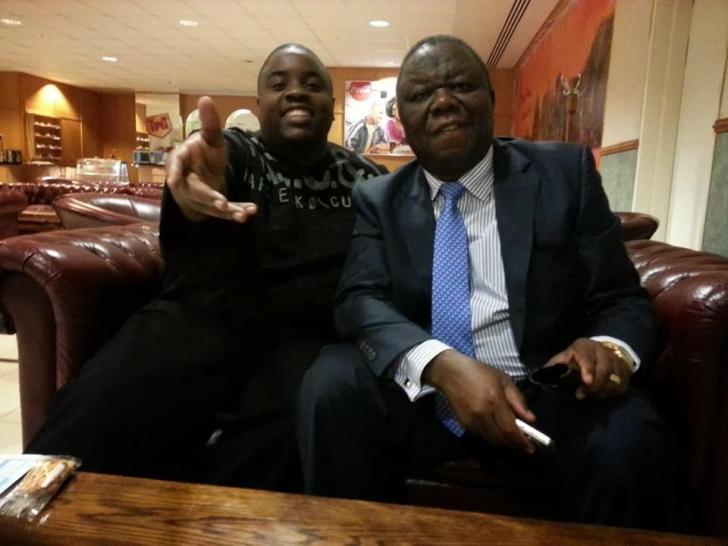Government critics staged a massive stay-away in Zimbabwe’s largest cities on July 6. Streets in the capital Harare were deserted, with central business district shops closed.
The international media has described the protest as a “spontaneous social media movement”, featured twitter posts from participants and referred to organizers as hashtags rather than on-the-ground groups. According to The Guardian, the July 6 shutdown was “[e]vidence that online movements can be more than just clicktivism” and that a hashtag associated with the protests was instrumental in mobilizing participants.
However, the tendency of the media to claim that social movements go from “tweets to streets” rings hollow in Zimbabwe for a couple of reasons. For one, Twitter’s usage in Zimbabwe pales in comparison to services like SMS,WhatsApp, and Facebook. Second, most recent events relied a great deal on old-fashioned face-to-face organizing.
[‘Shut Down Zimbabwe’ protests are met with Internet blackouts and arrests]
In this post I share what the recent protests teach us about the role of social media in pro-democracy mobilization. But first, a little background on protesting in Zimbabwe.

A protester shouts anti-Mugabe slogans in front of burning tires during a demonstration on July 6 in Makokoba, Bulawayo. (AFP Photo/Getty Images)
The decision to participate in dissent in Zimbabwe is not one citizens take lightly.
In Zimbabwe, dissent can be costly: a nationally representative surveyconducted after the violent 2008 elections found that 51 percent of Zimbabweans had experienced politically motivated intimidation, threat or harassment between 1980 and 2009, and 38 percent had witnessed someone else being injured or killed for political reasons.
In addition to calculating the potential costs of dissent, a citizen’s decision to protest is also affected by their expectation of how many others will participate. Zimbabweans had reason to doubt that others would join in active dissent. First, the ruling party, the ZANU-PF, having recently won a peacefulelection by almost 1 million votes suggests most Zimbabweans supported the government. But second, Zimbabweans are likely aware of their compatriots’ experience with political violence and they might expect that experience would suppress protest participation.

A supporter of Zimbabwe’s President Robert Mugabe wears a headscarf with his portrait as she dances during a rally of supporters in Mashonaland Central, about 90 kilometers west of Harare, July 8. (Aaron Ufumeli/EPA)
My research in Zimbabwe with a group of 671 opposition supporters finds that the emotion of fear reduces political participation by making people pessimistic and risk-averse. Government can deploy fear through threats, propaganda, or acts of violence to tip the scales towards inaction.
As Zimbabwean scholar Eldred Masunungure wrote ten years ago, Zimbabweans “were made risk-averse through a process of conditioning over time. The risk-averseness has made them politically passive and inert.”

A young protester holds a police shield during a demonstration on July 6 in Bulawayo. (AFP Photo/Getty Images)
Nevertheless, over the past two weeks Zimbabwean citizens organized the July 6 shutdown, and then on July 13 a peaceful demonstration outside the courthouse where one of the movement’s spokesmen was being held. How did citizens coordinate? Was social media the catalyst?
The recent protests in Zimbabwe suggest that social media helps organize mass action, but in different ways than we would expect.
Social media was used to coordinate the shutdown, but it’s likely that Twitter played a relatively minor role, especially compared to WhatsApp. The shutdown required massive coordination of tens and perhaps hundreds of thousands of Zimbabweans. Zimbabweans with $30 smartphones can buy generous WhatsApp data “bundles” for $3 per month. By contrast, internet browsing is relatively expensive.
WhatsApp groups can be used to communicate in a semi-private forum, which involves less risk than a public stream. These groups had already been set up by activists to disseminate messages and facilitate discussion. Non-partisan activist groups also facilitated cooperation across Zimbabwe’s growing list of opposition parties and citizen movements.
Social media was also used as a sandbox to test out ideas. Protest organizers could learn what messages most appealed to people and how far citizens would be willing to go. Would Zimbabweans protest over the $15 billion in missing diamond revenues, or the currency shortages, or both? Would citizens be more likely to respond to a call to stay home, to attend a rally in the city center or to march on Parliament? Should organizers whip up citizen anger or spread a message of hope?
I worked with one Zimbabwean opposition group to test the relative effect of WhatsApp messages invoking different emotions on participation. We found that messages invoking anger over the mismanagement of the economy and health sectors were far more effective than enthusiastic messages on the same topics. One activist later told me that through social media his organization realized that “you get quicker and better feedback… through those images that drive the biggest emotions, the most emotion.”
All of this is not to say Twitter didn’t play a role. Public forums like Twitter broadcast the protest to the rest of the world. This can be critical in informing decision-makers in donor countries who can wield influence over a repressive regime.
We are not safe, you are not safe says #Tajamuka members#ShutDownZim @Sam263Chat pic.twitter.com/w2DGlCrQGB
— 263Chat (@263Chat) July 7, 2016
One of the clearest examples of Twitter broadcasting beyond Zimbabwe’s borders comes from its use by the activist group Tajamuka (meaning “we have rebelled”). After starting as a network of on-the-ground activists, Tajamuka created a Facebook page on May 20 and became a Twitter hashtag on May 22. After their members were abducted in response to the protests, they openedtheir own Twitter account on July 8.
While social media played an important role in the shutdown, face-to-face organizing was still critical.
Social media doesn’t easily build trust. One activist recounted that after he found the Facebook page of a protest movement in a park in central Harare, he needed to meet them in person to “sit with them and see if they were genuine” before he decided to get involved. In a country where intelligence agents are known to infiltrate opposition and civil society, many activists fear entrapment. Face-to-face meetings help overcome this risk.
Social media also can’t reach everyone. Messages about the shutdown circulated on WhatsApp like wildfire during the days leading up to the protest. Yet they did not reach those without at least a basic smart phone, or those that fall the farthest from activist networks.
Many of the key participants in the stay-away, such as bus drivers, teachers, and vendors, fall in these categories. For these groups, existing organizational structures bridged the gap. Most importantly, civil servants’ unions had already planned a strike on the day of the shutdown.
Organizers sent teams at the break of dawn on July 6 to stop buses from bringing workers in on key commuter roads. If one or two buses had broken the stay-away, many more would have determined that it would be a failure and gone in to work.
Still, social media can be key for a certain type of protest.
After the July 6 shutdown, activists on Facebook and Twitter led by Pastor Evan Mawarire of the #ThisFlag movement called for two more days of stay-away on July 13-14. On July 12, the head of the Progressive Teachers’ Union complained that teachers would not be participating because “as leaders we have not been consulted by Pastor Mawarire and his colleagues from Tajamuka.” On the morning of July 13 in Harare, most schools and businesses were open, vendors were making sales, and buses were running. The stay-away was a flop.

Pastor Evan Mawarire, wrapped in the Zimbabwean National flag, records an installment of his #ThisFlag video series, in which he decries the government’s failure to provide basic services and stem economic decline and corruption in the country. (Jekesai Njikizana/AFP Photo/Getty Images)
At the same time, my Facebook feed was starting to fill with pictures of flag-draped protesters standing outside the Harare Magistrates Court. Mawarire had surrendered to the police the previous morning, and was to be charged in court that day.
As his supporters published photos and updates on Facebook and Twitter,droves of Zimbabweans arrived, including more than 100 human rights lawyers offering to represent him. Charges were dropped and Mawarire was released into an ecstatic crowd just after 7 p.m.
Why did social media succeed in facilitating the courthouse protest but fail at the extended stay-away? The short answer is scale. In order to succeed, the courthouse protest needed to mobilize an impressive, passionate crowd. It did not need to mobilize every last bus driver and vendor trying to make ends meet that day. (In fact, as one friend pointed out, vendors probably had a great day selling flags.)
Social media was also more effective for the courthouse protest because it drew on a particular type of protester. On average, the courthouse protesters were better off and more plugged in than the average Harare resident, and were ready to be called to action with a tweet about an unjust arrest.
Ultimately, while ZANU-PF MP Psychology Maziwisa is probably right that President Robert Mugabe will not be “tweeted from power,” it’s safe to assume that social media would be used by many to celebrate his departure.
Lauren E. Young recently received her PhD in political science at Columbia University and will be a postdoctoral scholar at the Center for Democracy, Development and the Rule of Law at Stanford, and a non-resident postdoctoral fellow at the Center for Global Development in 2016-2017. Her research in Zimbabwe was funded by the National Science Foundation, the International Peace Research Foundation, and Columbia University.







